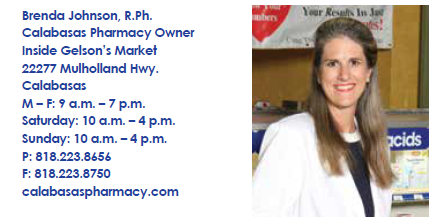
Adolescence is a tumultuous time defined by physical, mental, and emotional change. It is also the peak time for development of an eating disorder. Families need to be aware of thoughts and behaviors that could signal the existence of an eating disorder in their teen.
Estimates are that about 4% of adolescents between the ages of 13 and 18 suffer from anorexia nervosa, bulimia nervosa, or binge eating disorder. Avoidant Restrictive Food Intake Disorder (ARFID), or “extreme picky eating,” may affect as many 5% of children and adolescents. We know that these statistics represent only the tip of the proverbial iceberg and that dieting and disordered eating are far more common.
As an adolescent medicine physician, I see the medical consequences of eating disorders, which involve just about every organ system and range in severity from mildly uncomfortable to life-threatening. Even dieting or disordered eating that doesn’t fit the strict diagnosis of an eating disorder can impact health.
How can you tell if your adolescent has an eating disorder? It isn’t always obvious. Eating disorders are hallmarked by denial, and someone struggling with an eating disorder will often go to great lengths to hide it. But there are clues that could suggest a problem. Incessant worrying about one’s size or shape, constantly counting calories, labeling all foods either “good” or “bad” and/or engaging in rigid rituals around eating can reflect obsessive thinking associated with an eating disorder. Adolescents might eliminate food types altogether (sugar, gluten, fat, meat)–potentially hazardous for the developing body and mind. Weighing oneself several times a day, trips to the bathroom after every meal, unexplained disappearance of food, strict exercise routines which occur despite fatigue, illness, injury, or inclement weather can all signal the presence of an eating disorder. When a teen’s picky eating or food rules interfere with a family’s ability to socialize or go out to restaurants for fear of not having access to “safe foods,” an eating disorder may be present. Of course, dramatic weight loss is a sign of a restrictive eating disorder but any weight loss or falling off growth curves, especially in younger teens who should be gaining as they grow, could be worrisome.
Although most people who engage in disordered eating don’t go on to develop a full-blown eating disorder, there is good reason to have our radar up for these subtle signs. Evidence tells us that early intervention leads to significantly improved outcomes. Fortunately, there are plenty of specialists in the community ready to help families tackle and defeat this dangerous disorder.

By Leslie Kaplan, MD


